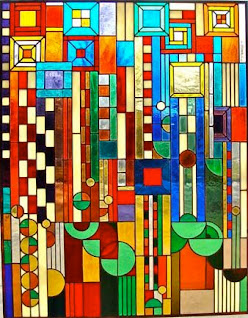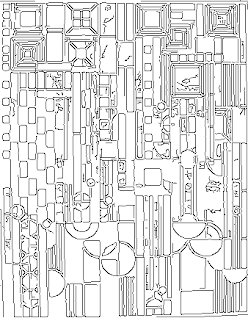What is a Reverse Painting?
A reverse portrait is created with the aid of portraying a challenge onto one facet of a sheet of glass (or plexiglass) after which it is considered from the different aspects of the glass, or via the glass.
Contrary to portraying on a canvas or comparable aid this approach requires an artist to paint in reverse, or 'back to front.'
When an artwork is created on aid such as canvas or wooden panel, it is painted from the equal perspective and route that it will in the end be seen from on completion. However, in the case of portraying in reverse, the painted aspect and the considered facet of the paintings are hostile to one another.
Similarly, an artwork that is created on a canvas normally starts with a difficult definition and regularly builds in the direction of its completion and ending touches. With the use of this portray method this process starts the place it would commonly end, and ending touches such as finer important points and the artist's signature are generally utilized first and the historical purposes of colouration are introduced later, subsequently the use of the time period 'reverse painting'.
The effect that glass can provide with the use of this portray method can make it a very lovely object. Some artists use thick glass in order to supply extra depth to their work.
For those who see a reverse portrayal of glass for the very first time, it can take a little whilst to recognise that the situation has been painted on the floor of the glass itself.

